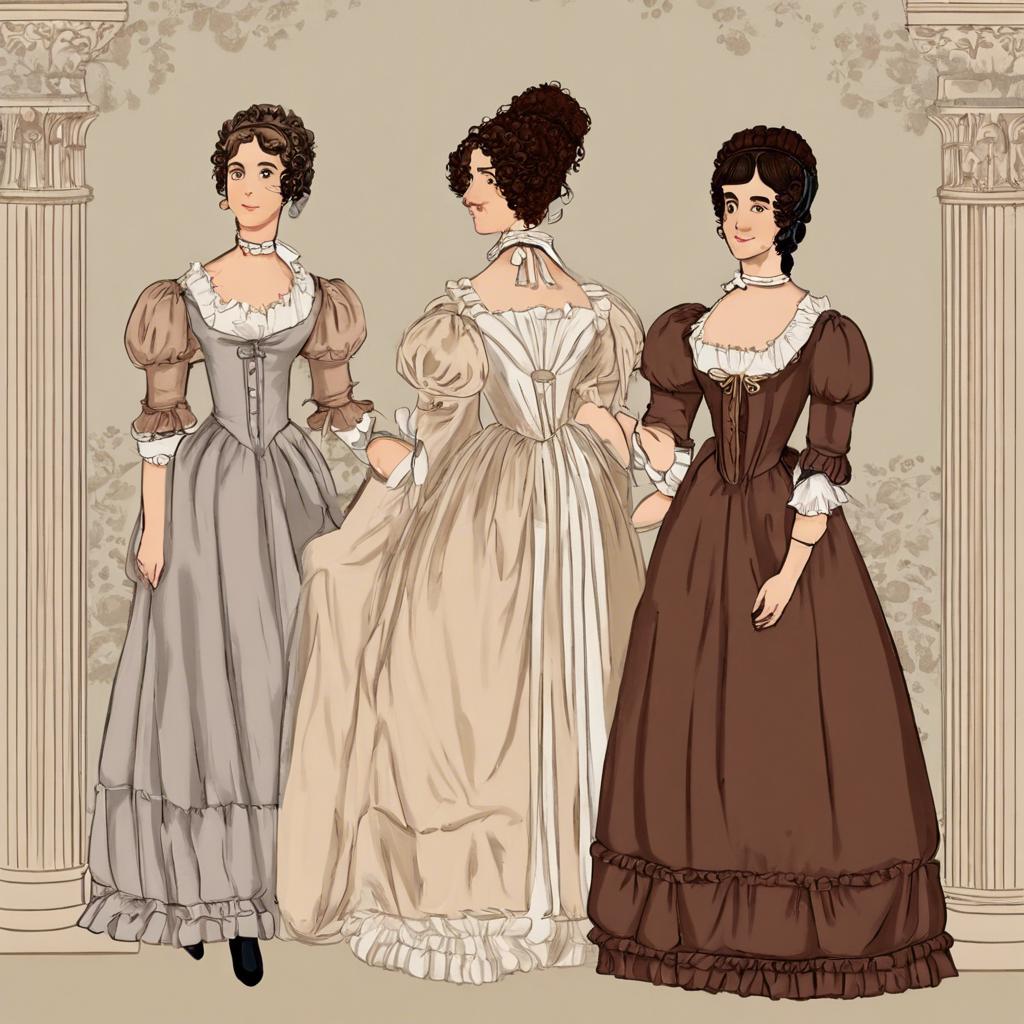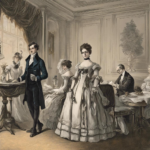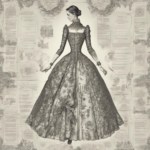In the early 19th century, women’s fashion underwent a significant transformation with the rise of the regency era. Central to this period were the infamous regency stays, a form of corsetry that not only defined the ideal silhouette but also reflected the societal norms and expectations of the time. With their intricate construction and emphasis on both comfort and elegance, regency era stays played a pivotal role in shaping women’s fashion during this influential period in history. Join us as we delve into the world of regency era stays and explore their cultural significance and lasting impact on fashion.
Step Into the World of Cheryl Bolen
Dive into the enchanting stories of love, intrigue, and elegance set in the Regency Era. Cheryl Bolen's novels offer timeless romance and captivating tales that will leave you wanting more.
Explore Cheryl Bolen's Books Now
Introduction to Regency Era Stays
Welcome to the fascinating world of Regency Era Stays, a vital component of women’s fashion during the early 19th century. Stays were supportive garments worn underneath dresses to achieve the desired body shape and posture. In the Regency era, stays were typically made of a sturdy fabric such as coutil or buckram, with whalebone or cane inserts for structure.
Unlike the heavily boned stays of previous eras, Regency stays were designed to create a more natural silhouette, with a higher bustline and a softer, more relaxed fit. These stays were typically shorter in length to accommodate the high-waisted Empire style dresses that were popular during the Regency period. The overall effect was elegant, graceful, and feminine.
Women of all social classes wore stays during the Regency era, with the design and materials varying depending on their level of wealth. While wealthier women could afford stays made of luxurious silk and delicate lace, working-class women often wore stays made of simpler, sturdier materials. Despite these differences, stays were a ubiquitous garment during this period, essential for achieving the fashionable silhouette of the time.
Construction and Materials of Regency Era Stays
During the Regency Era, stays were a crucial component of women’s fashion, providing support and structure to their outfits. These stays were typically made of sturdy materials such as whalebone, steel, or cane, encased in layers of fabric for comfort. The construction of Regency Era stays was designed to create a fashionable silhouette, with a narrow waist and a lifted bust.
The stays of this era were often constructed using a technique called cording, where rows of cord were stitched into the fabric to create channels for the boning. This method allowed for flexibility and movement while still providing the necessary support. The stays were then laced up the front or back to achieve the desired fit, with additional eyelets for adjustability.
The materials used in the construction of Regency Era stays were carefully chosen for their durability and shaping properties. Whalebone, although controversial now, was a popular choice for boning due to its flexibility and strength. The outer fabric was typically a sturdy cotton or linen, with decorative elements such as lace or embroidery to add to the aesthetic appeal of the garment.
The Importance of Proper Fit in Regency Era Stays
During the Regency era, stays were an essential piece of clothing for women, providing support and shape to the torso. Proper fit in Regency era stays was crucial for both comfort and aesthetics. Ill-fitting stays could cause discomfort, restriction of movement, and even health issues. Ensuring the correct fit of stays was not only a matter of fashion but also a matter of practicality.
Proper fit in Regency era stays was achieved through meticulous measurements and skilled tailoring. Stays were custom-made to fit each individual’s body, with precise attention to detail. The right fit of stays not only provided support but also enhanced the natural curves of the body, creating a flattering silhouette. Women of the Regency era understood the importance of a well-fitted foundation garment in achieving the desired look.
Today, enthusiasts of historical fashion still appreciate the significance of proper fit in Regency era stays. Reproductions of period-appropriate stays are crafted with the same level of detail and care as their historical counterparts. A well-fitted pair of stays not only completes a Regency era ensemble but also allows wearers to experience firsthand the elegance and sophistication of this bygone era.
Guidelines for Caring for and Maintaining Regency Era Stays
If you want to preserve the beauty and structure of your Regency Era Stays, it is essential to follow proper guidelines for caring and maintenance. These historical undergarments require special attention to ensure they remain in top condition for years to come. Here are some tips to help you keep your stays looking their best:
Handling:
- Always handle your Regency Era Stays with care, as they are delicate garments that can easily be damaged.
- Avoid pulling or stretching the stays when putting them on or taking them off.
- Store your stays in a cool, dry place away from direct sunlight to prevent fading or discoloration.
Cleaning:
- It is recommended to spot clean your stays with a gentle detergent and water rather than machine washing them.
- For tough stains, consult a professional cleaner who specializes in historical garments to avoid damage.
- Avoid using harsh chemicals or bleach on your stays, as this can weaken the fabric and cause irreversible damage.
Wrapping Up
the regency era stays were an essential undergarment that played a significant role in shaping women’s fashion and silhouettes during the early 19th century. With their structured boning and intricate lacing, stays not only provided support and posture correction but also symbolized the societal norms and ideals of the era. As we look back on the fashion of the regency period, it is evident that the stays were a key element in defining the elegant and refined style of the time. Though no longer widely worn today, the legacy of regency era stays lives on in the history of fashion, reminding us of the enduring influence of garments from centuries past.


